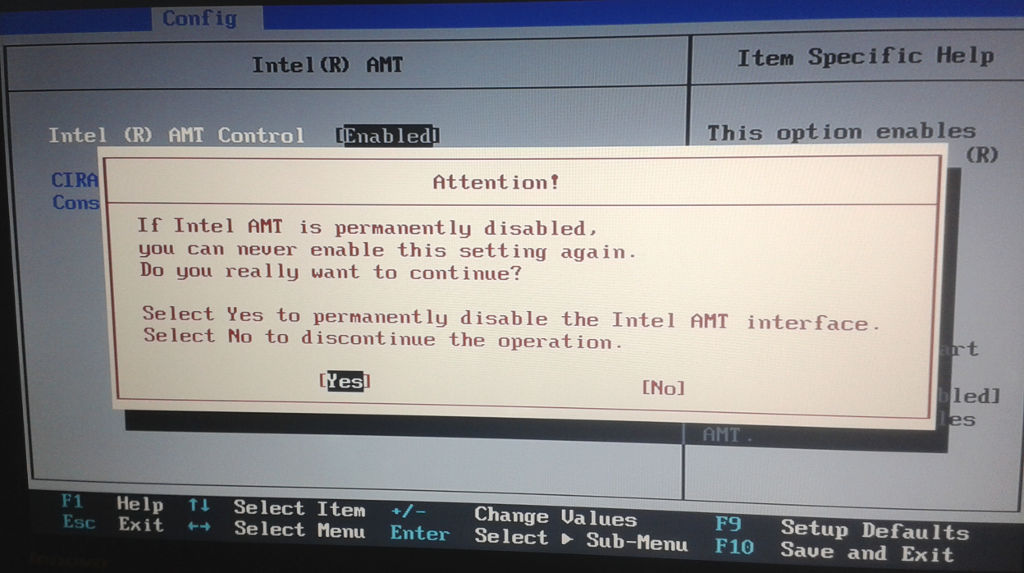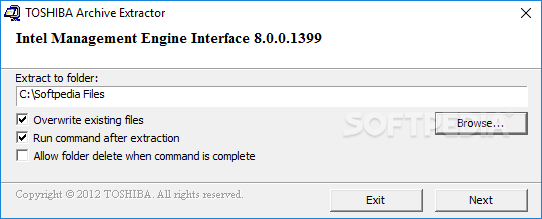

Consequently, latency is reduced and the system is more responsive. Instead of going from the southbridge to northbridge to the CPU, they can just hop from the PCH (or FCH) to the CPU. (AMD refers to these chips as Accelerated Processing Units, or APUs, rather than CPUs, but that’s more of a marketing term that helps people distinguish between AMD CPUs with integrated graphics and those without.)Īll this means, then, is that stuff like the storage controllers (SATA ports), network controllers, and all those formerly lesser performing components now only have one hop. Many CPUs from both Intel and AMD come with integrated graphics built-in, too, so you don’t need a dedicated graphics card (unless you’re doing more intensive tasks like gaming or video editing). It’s basically the same architecture as Intel’s, but with different names. The CPU and FCH on AMD systems are then connected to one another via the Unified Media Interface or UMI. The DMI is actually not a new innovation, and has been the traditional way of linking northbridge to southbridge on Intel systems since 2004.ĪMD chipsets aren’t that much different, with the old southbridge now being dubbed the Fusion Controller Hub, or FCH. The PCH is then connected to the CPU via something called the Direct Media Interface, or DMI.

Intel’s X99 chipset schematic gives you an idea of its features and system potential.įor example, newer Intel systems incorporate a Platform Controller Hub, or PCH, which is actually a single chip on the motherboard that assume the duties the old southbridge chip once handled. Many components, like memory and graphics controllers, are now integrated into and handled directly by the CPU. As these higher priority controller functions moved to the CPU, any remaining duties were rolled into one remaining southbridge-style chip. Instead, the old northbridge/southbridge architecture has ceded to a more modern, single-chip system. The old traditional northbridge and southbridge chipset design could obviously be improved upon, though, and steadily gave way to today’s “chipset”, which really isn’t a set of chips at all. The Steady March Towards Total Integration These chips came to be known as a “chipset”, because it was literally a set of chips. In order for these components to talk to the CPU, they had to first had to go through the southbridge, which then went to the northbridge, and from there to the CPU. The southbridge was responsible for handling lower performing components such as the PCI bus slots (for expansion cards), SATA and IDE connectors (for hard drives), USB ports, onboard audio and networking, and more. The southbridge, on the other hand, was located toward the bottom (southern portion) of the motherboard.

Motherboard design became more and more efficient as time goes on. This chip was directly connected to the CPU and acted as a communication middleman for a system’s higher speed components: RAM (memory controllers), PCI Express controller, and on older motherboard designs, the AGP controller. If these components wanted to talk to the CPU, they had to go through the northbridge first.

The northbridge chip was known as such because it was located at the top, or northern, portion of the motherboard. Instead of a bunch of chips, motherboards came with a northbridge and a southbridge, which consisted of just two chips with very specific duties and purposes. With the advent of the PCI bus, a new design emerged: bridges. In order to address this problem, computer engineers needed to devise a better system, and began integrating these disparate chips into fewer chips.


 0 kommentar(er)
0 kommentar(er)
